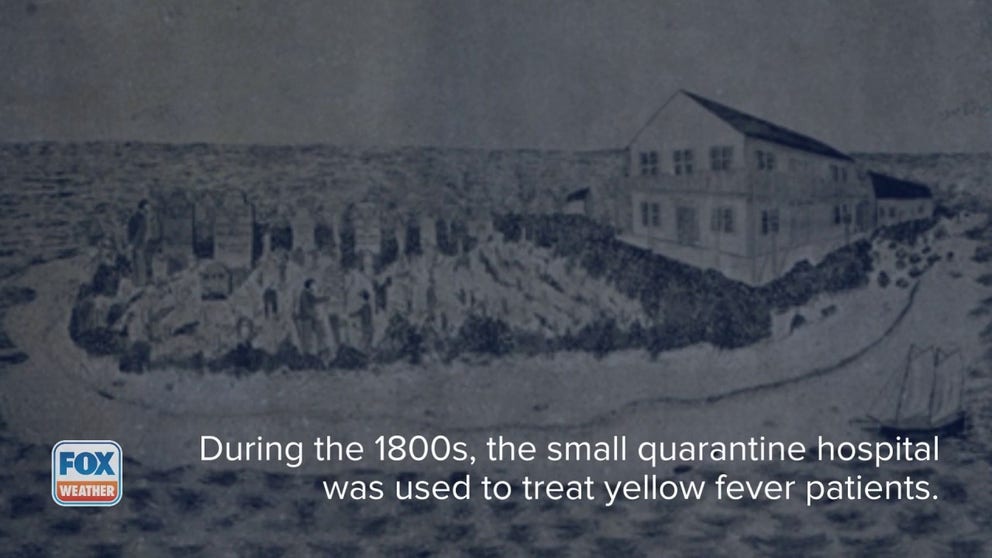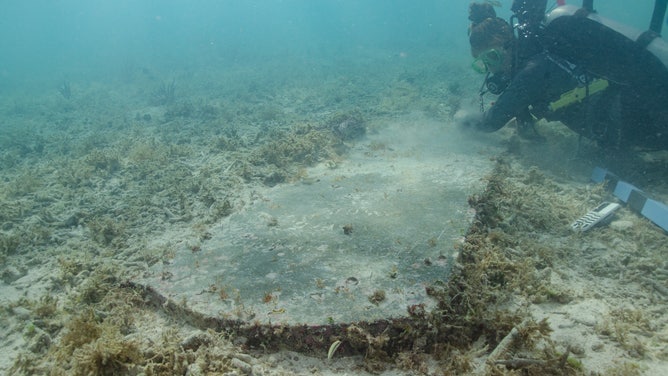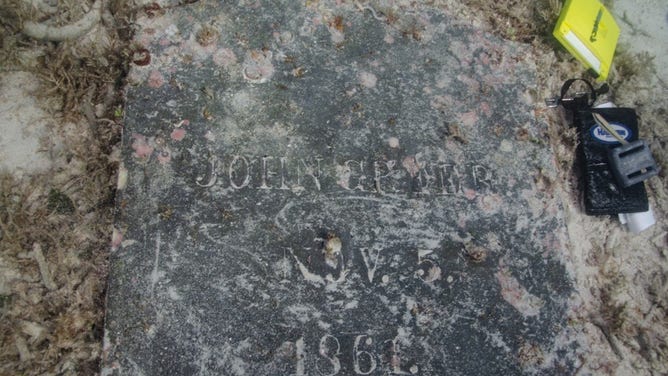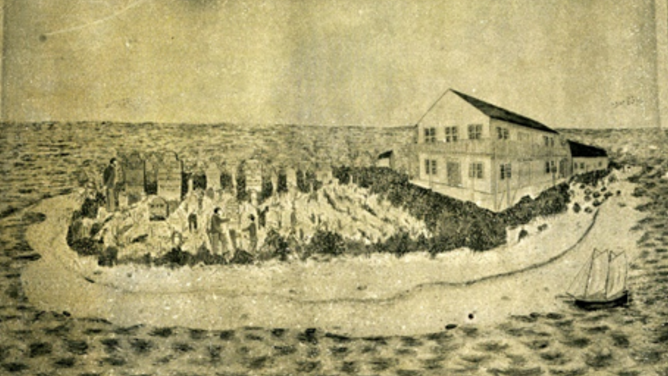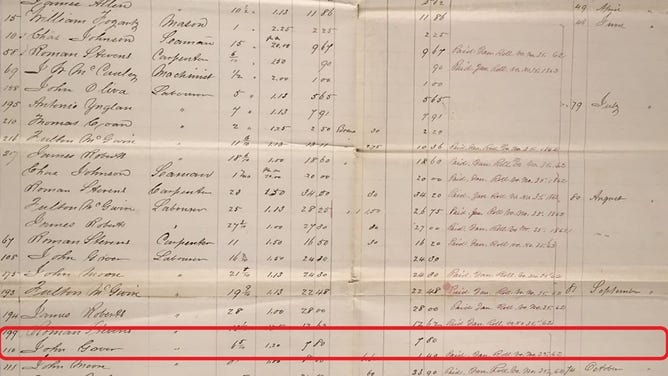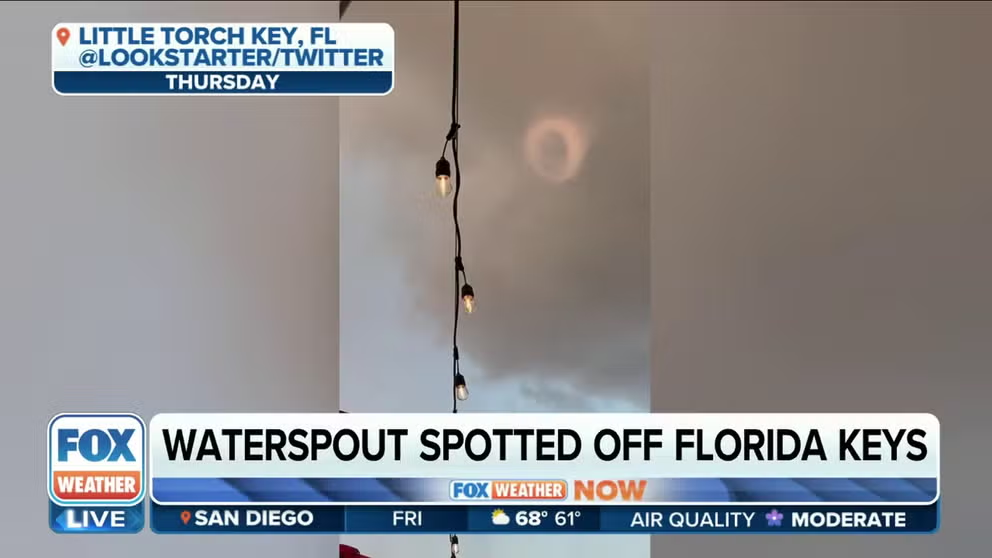See the remains of a historic hospital, cemetery that were found underwater off the Florida coast
Dry Tortugas National Park sits less than 70 miles west of Key West in the Gulf of Mexico. Seven small islands make up the site that some 70,000 people visit each year. The islands are only accessible via boat or seaplane and are susceptible to extreme weather events, including hurricanes.
A hospital and cemetery were discovered off the Florida coast
Rangers say due to hurricanes, climate change and erosion the site is now about 20 feet below the surface of the Gulf of Mexico.
KEY WEST, Fla. – A team of divers exploring the Dry Tortugas National Park, off of Key West, have discovered what are believed to be a hospital and cemetery that date back to the early 1800s.
The site is submerged around what is known as Garden Key, about 70 miles west of the southernmost point.
According to the National Park Service, U.S. soldiers and civilians stationed at Fort Jefferson suffered from yellow fever and are likely among the dozens of people buried at the underwater site.
"This intriguing find highlights the potential for untold stories in Dry Tortugas National Park, both above and below the water," Josh Marano, a South Florida maritime, said in a statement. "Although much of the history of Fort Jefferson focuses on the fortification itself and some of its infamous prisoners, we are actively working to tell the stories of the enslaved people, women, children and civilian laborers."
The Dry Tortugas was used at a naval outpost during the 19th century, and due to its isolation, researchers believe infectious diseases, such as mosquito-borne yellow fever, took a heavy toll on the population.
SEE THE EXTREME WEATHER VISITORS AT NATIONAL PARKS EXPERIENCE
The makeshift hospital and cemetery used to be above the surface of the water, but rangers say due to climate change and significant storms, the land has eroded away, causing the site to sink some 20 feet below the surface.
The site in the southeastern Gulf of Mexico is the most hurricane-prone National Park location in the country, with at least 118 close brushes by tropical cyclones since data began being kept in the mid-1800s. Several of the impacts were from major storms that produced large water surges and damaging winds.
FLORIDA ‘SHARK MATERNITY WARD’ MAY HAVE BEEN FOREVER CHANGED AFTER DIRECT HIT BY HURRICANE IAN
The impressive list of storms to impact the area includes names such as Andrew, Irma, Wilma and Ian, and it is unclear if the site had remained above water, whether it would have remained as intact as it is today.
Archeologists uncover undersea hospital & cemetery off Florida Keys
Archeologists recently discovered an undersea hospital & cemetery off the Florida Keys. Joshua Marano, an archeologist for South Florida National Parks, explains want went into the operation.
During a dive in 2022, team members spotted the headstone with the name John Greer and later found records of his employment as a laborer at the fort until his death on Nov. 5, 1861.
According to researchers, little information is available about his death, but materials used in constructing a giant slab at the cemetery are from the same resources used to build the fort.
The cultural heritage site is protected under federal law, and the NPS said it is planning further documentation of the location.
Around 70,000 visitors make the annual trip to the U.S. National Park, which is only accessible via boat or seaplane.
